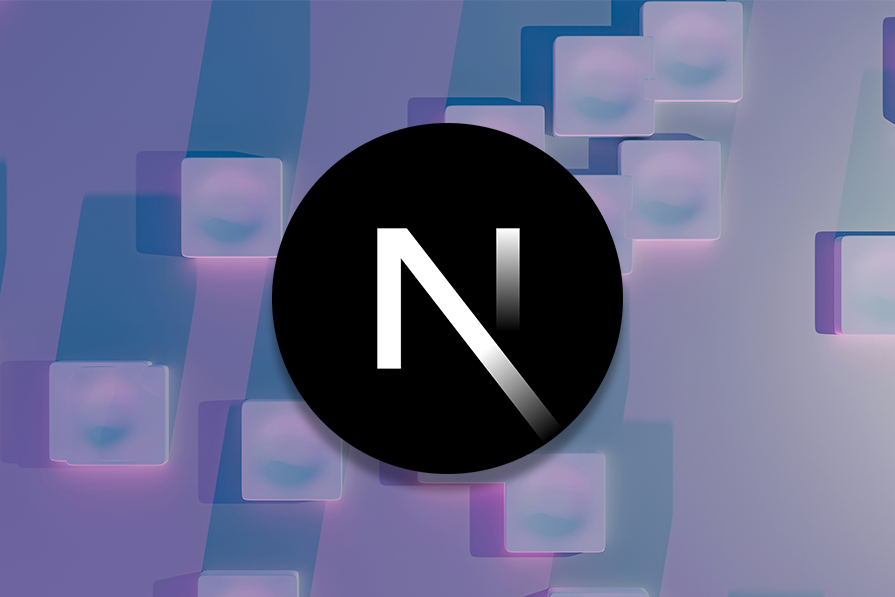Logrocket
4w
0

Image Credit: Logrocket
How to import SVGs into your Next.js apps: A 2025 guide
- SVGs play a crucial role in modern web development, and integrating them into Next.js projects can be challenging but essential for UI and performance.
- Methods like using SVGR for inline SVG components, /public folder for static images, Next.js
for optimized images, and custom inline SVG markup provide different options. - SVGs have advantages like being lightweight, animatable, scalable, accessible, and SEO-friendly, making them a preferred choice for many web assets.
- Next.js offers options like using inline SVG in JSX for maximum control, next/image component for optimized rendering, next-images package for additional image loading features, and SVGR for SVG import as React components.
- Implementing SVG favicons in Next.js involves placing them in the public directory or following specific guidelines based on project structure and routing.
- Decision guide helps in choosing the suitable SVG import method based on styling needs, interactivity, performance, and ease of use.
- Common SVG import issues like path errors, SVGR config missing, MIME type errors, styling issues with Tailwind/CSS, and hydration mismatches are addressed for troubleshooting.
- Next.js advancements with server components, dynamic imports, and SVGR configuration, along with troubleshooting tips, further enhance SVG handling.
- The article offers comprehensive guidance on leveraging SVGs in Next.js applications, showcasing the importance of choosing the right import method for optimal performance and functionality.
- Utilizing the built-in next/image component and considering third-party packages for specific needs can enhance the scalability and flexibility of SVG usage in Next.js projects.
- Overall, understanding the diverse methods and considerations discussed in the article can empower developers to effectively incorporate SVGs into their Next.js applications for enhanced user experience and web performance.
Read Full Article
Like
For uninterrupted reading, download the app